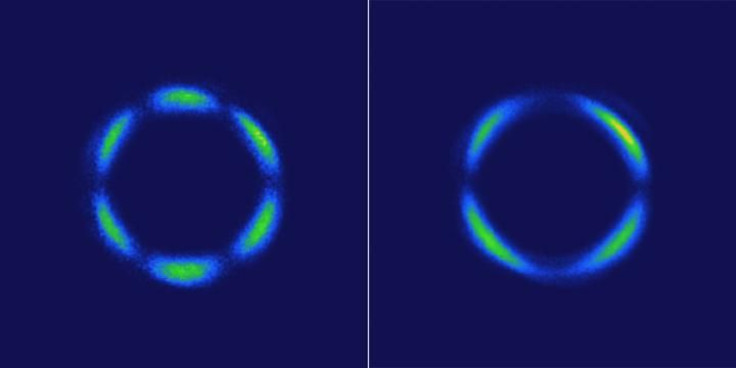3D Quantum Liquid Crystal, A New State Of Matter, Could Help Overcome Computing Challenges

Discovered in 1999 in California Institute of Technology, 2D liquid crystals have been around for over a decade, and are commonly used in displays of televisions, smartphones, watches and so on. And led by physicists at Caltech, a team of researchers has now discovered a 3D version of liquid crystals, which can find applications in quantum computing.
Liquid crystals are called such because they have properties of both solids and liquids. Molecules within the material flow freely like a liquid, but are all oriented in the same direction like is seen in solids.
In a statement Thursday on the university’s website, John Harter, a postdoctoral scholar at Caltech and lead author of a new paper on 3D liquid crystals, explained how 2D quantum liquid crystals behave in strange ways: “Electrons living in this flatland collectively decide to flow preferentially along the x-axis rather than the y-axis even though there's nothing to distinguish one direction from the other.”
In a 3D liquid crystal, the electrons behave the way molecules do in 2D liquid crystals, giving the material very unusual magnetic properties.
“Running an electrical current through these materials transforms them from nonmagnets into magnets, which is highly unusual. What’s more, in every direction that you can flow current, the magnetic strength and magnetic orientation changes. Physicists say that the electrons ‘break the symmetry’ of the lattice,” David Hsieh, principal investigator on the study and whose lab Harter is a part of, said in the statement.
The discovery of the material by Harter was almost accidental. He was studying the atomic structure of a metal compound of the element rhenium, and the data his experiments revealed about its crystal structure made little sense to him. That is, till such time as he read about the concept of 3D liquid crystals, articulated in a 2015 paper by Liang Fu, a professor at Massachusetts Institute of Technology. Then, everything made sense.
Read: Which Quantum Computing Approach Is Better?
This new material could help with quantum computing by being used to create a topological superconductor, which is integral to a technique called topological quantum computing. Developed by another Caltech professor, this technique can theoretically get around the inherent difficulty of quantum properties being very fragile and easily disrupted.
The study, titled “A parity-breaking electronic nematic phase transition in the spin-orbit coupled metal Cd2Re2O7,” appeared Friday in the journal Science.
© Copyright IBTimes 2024. All rights reserved.











